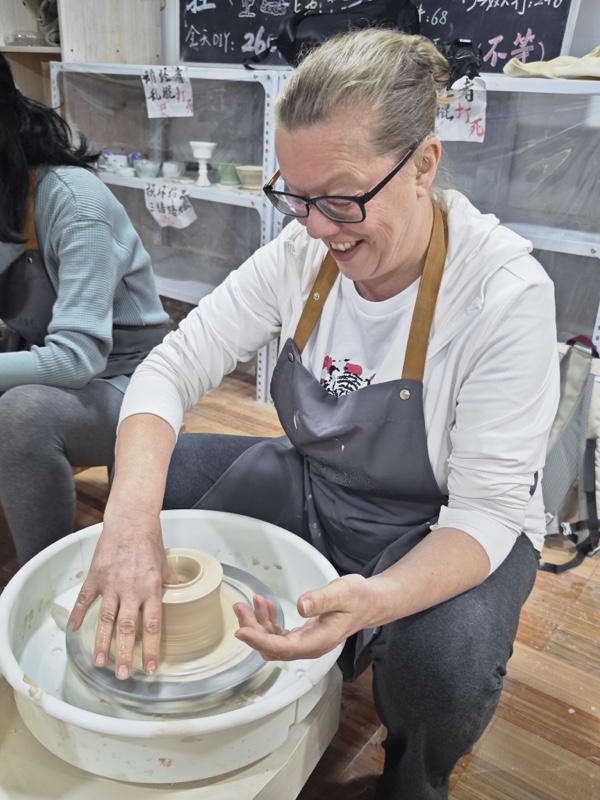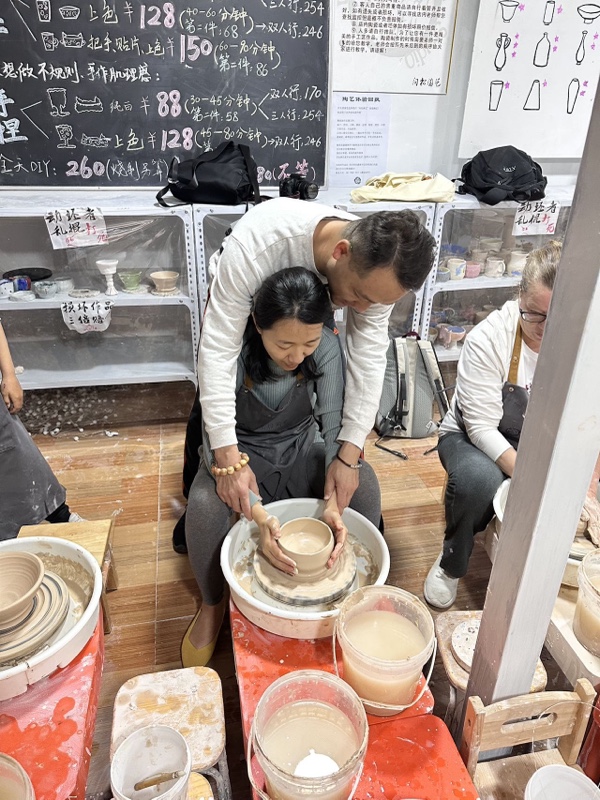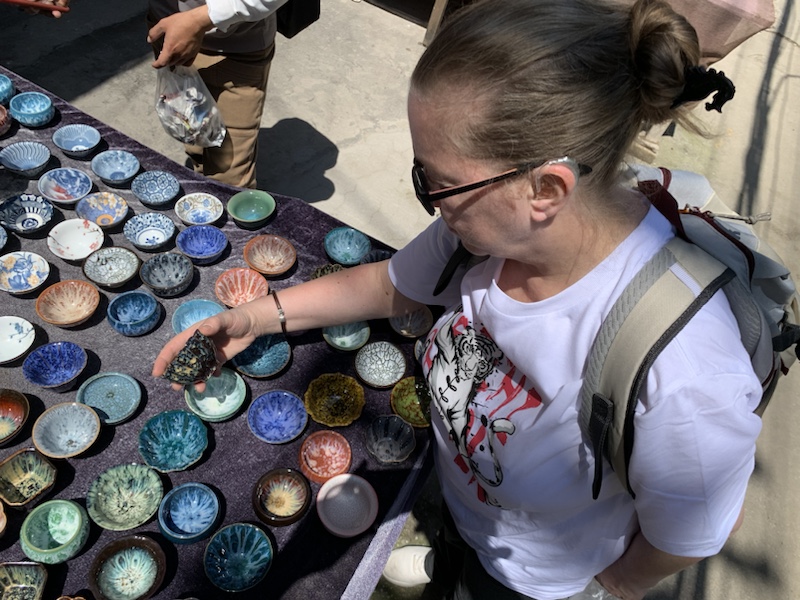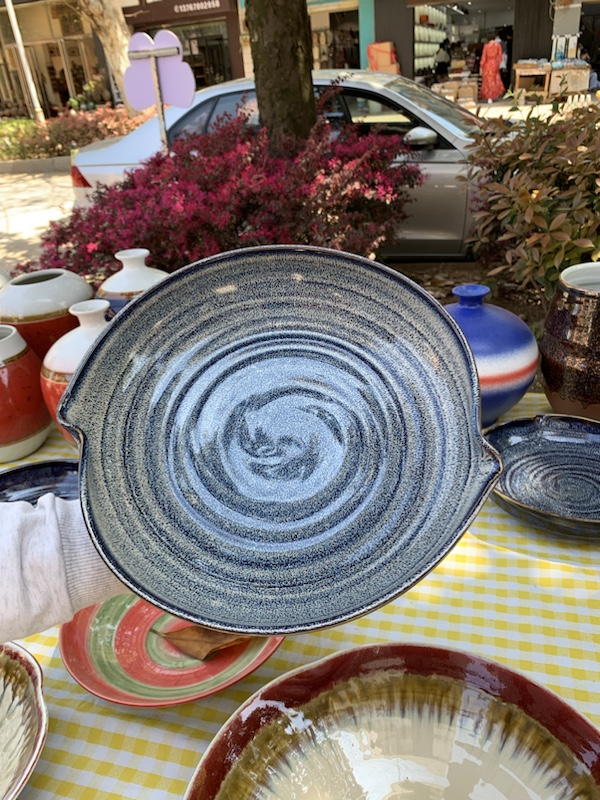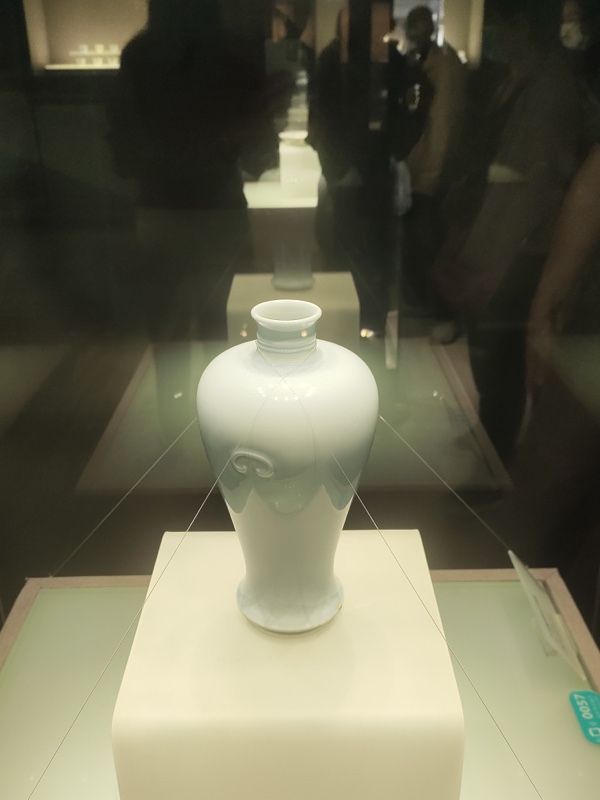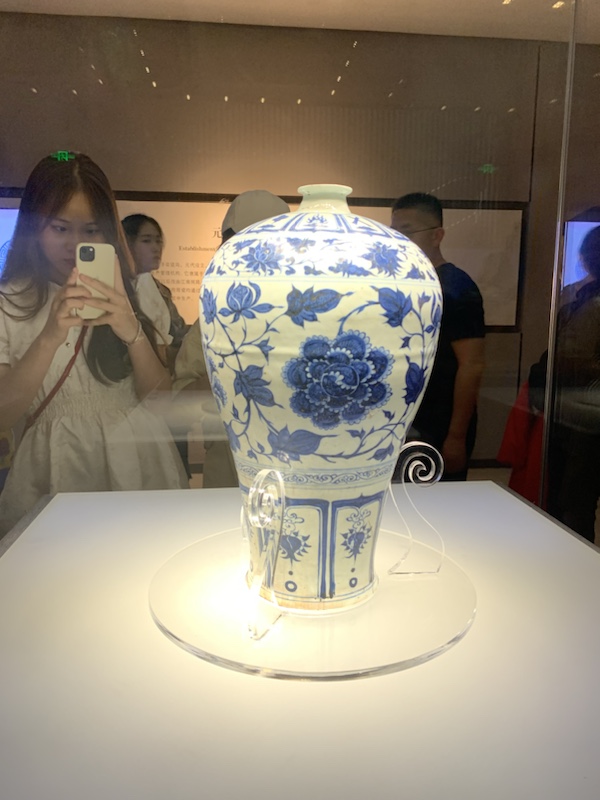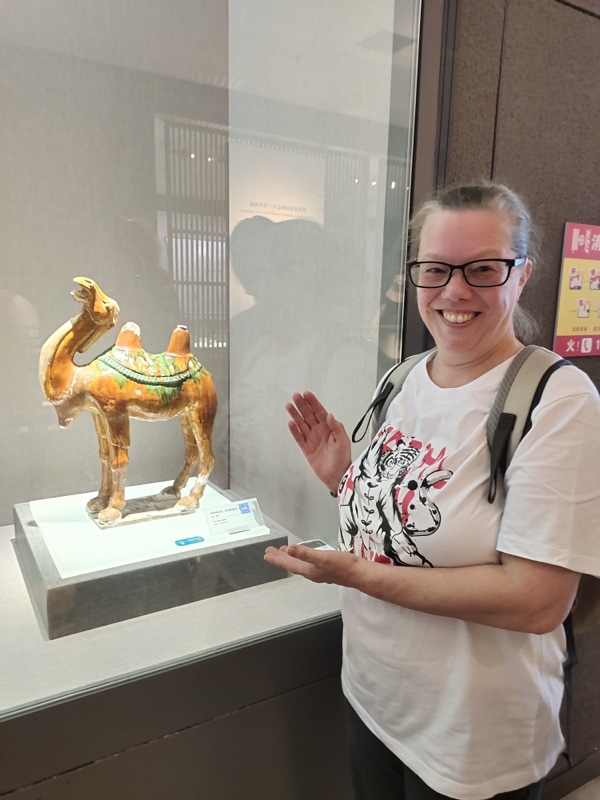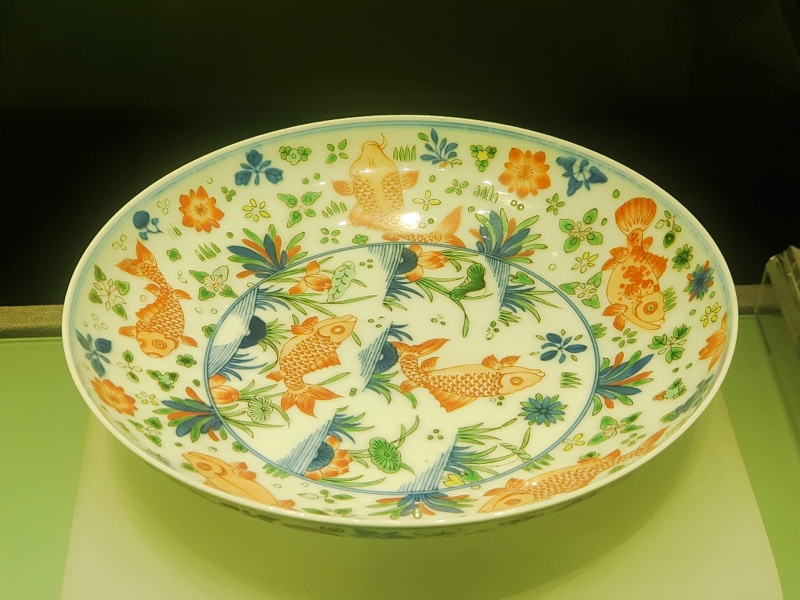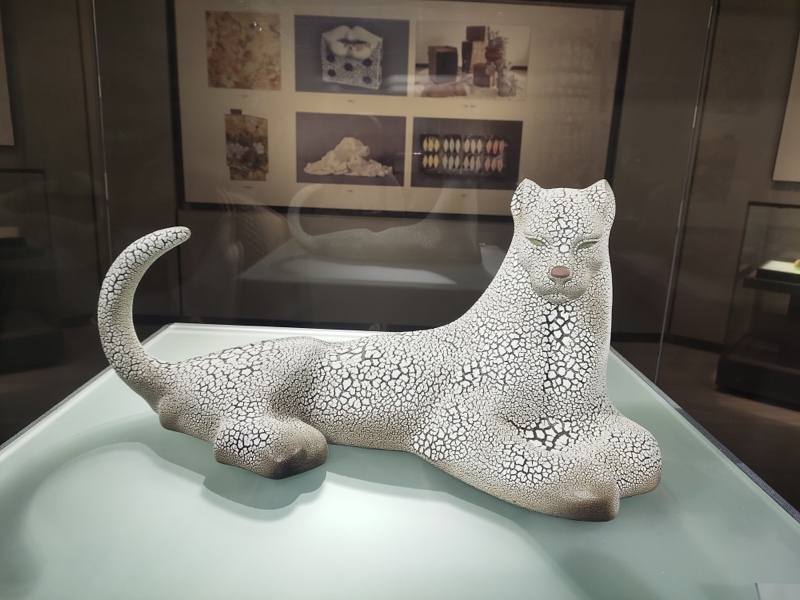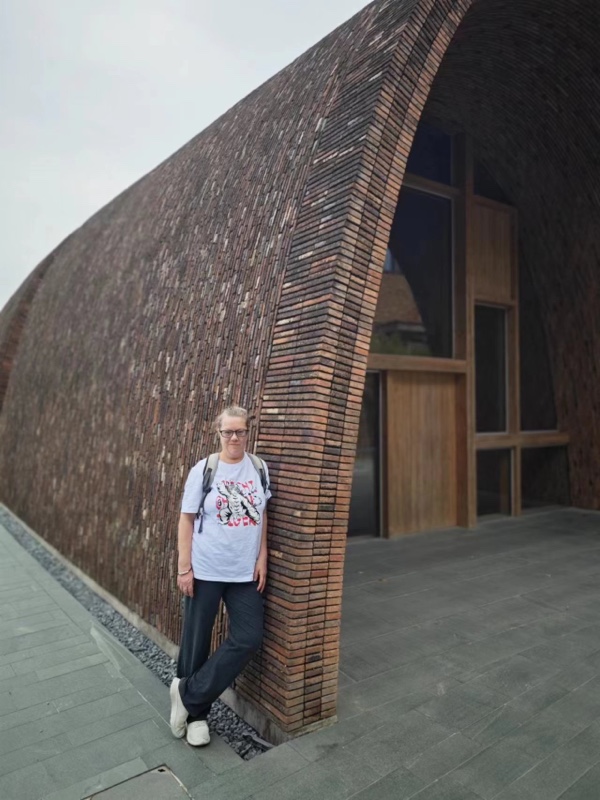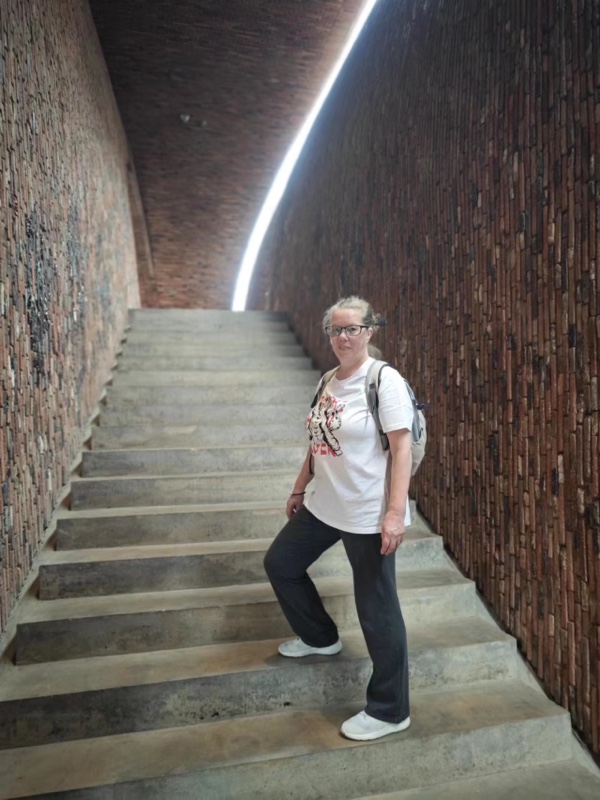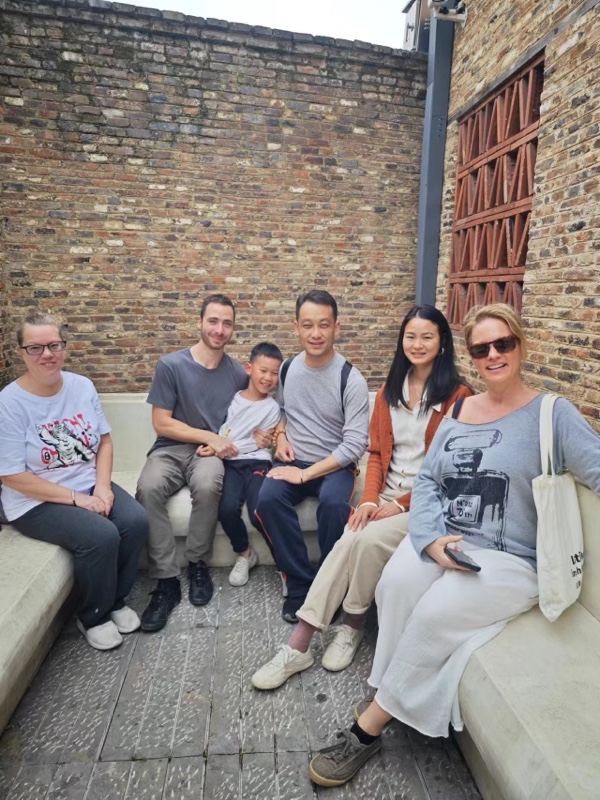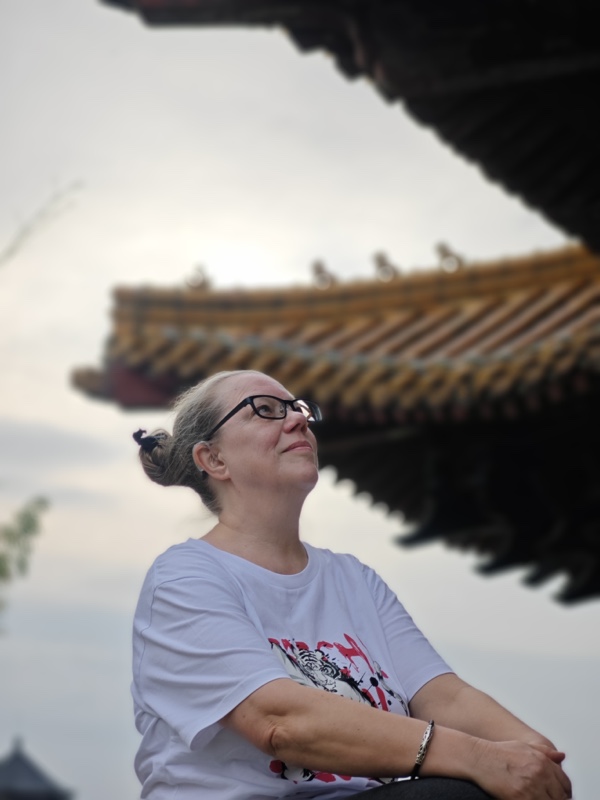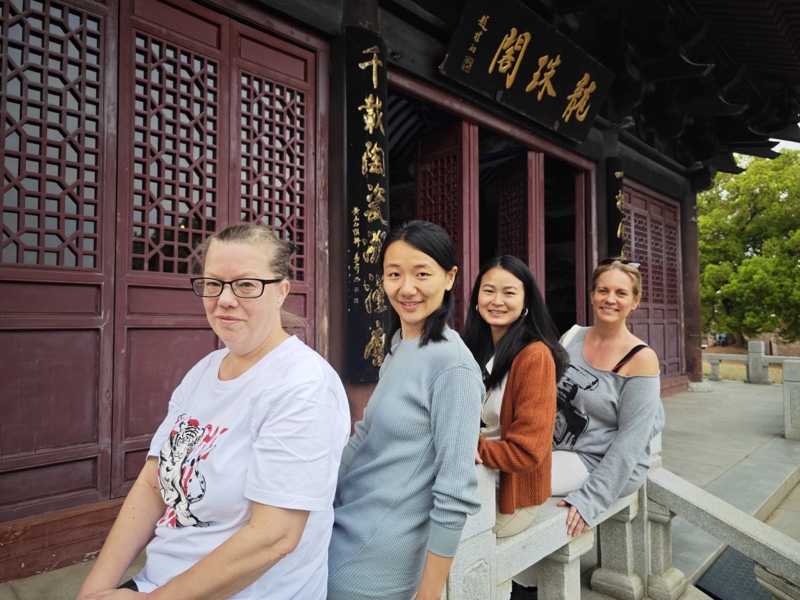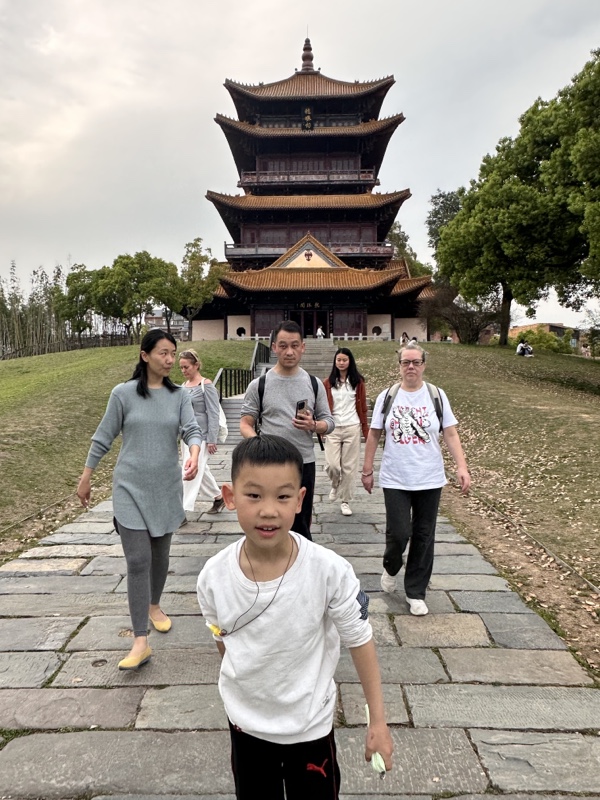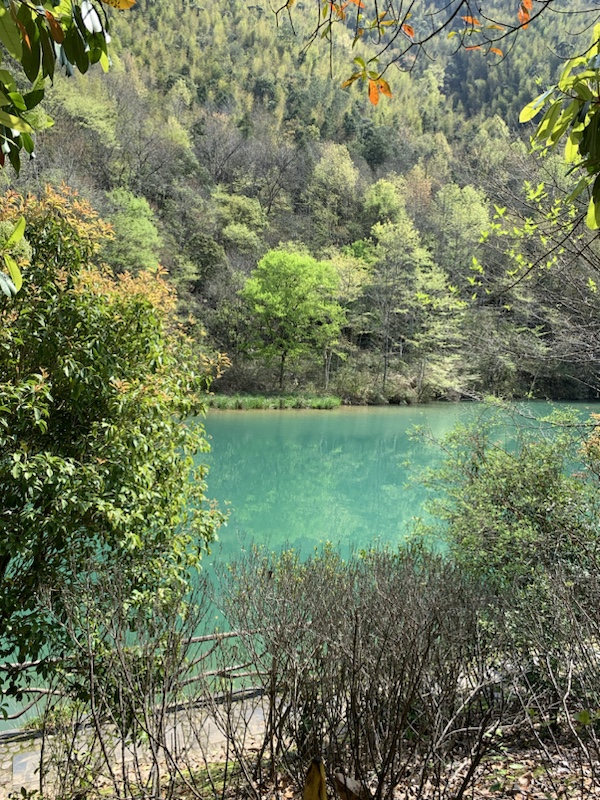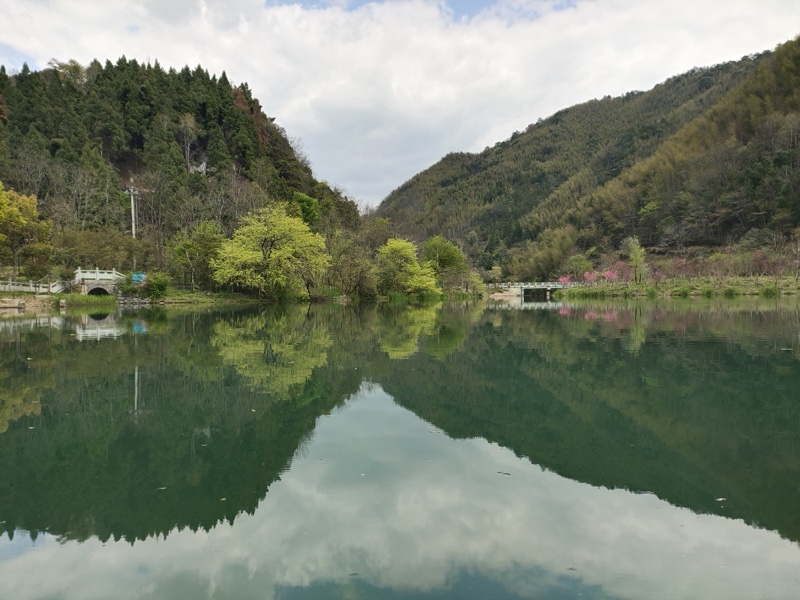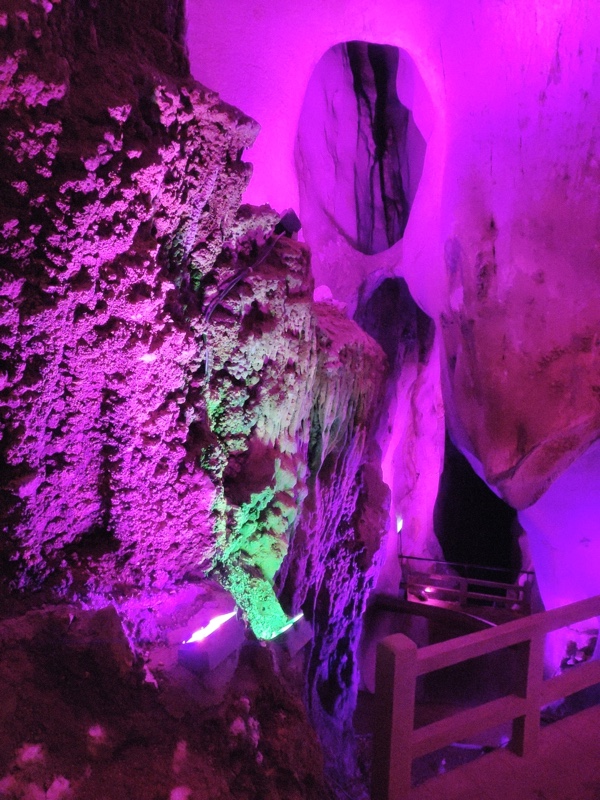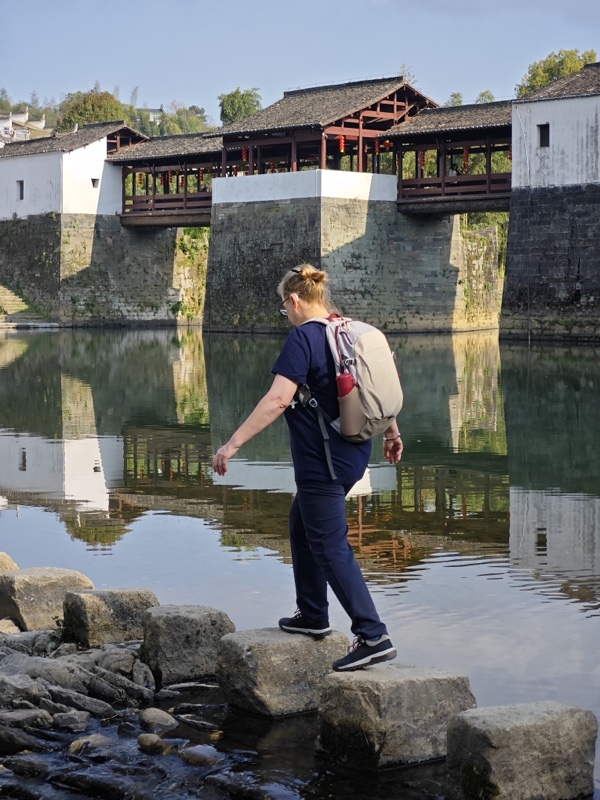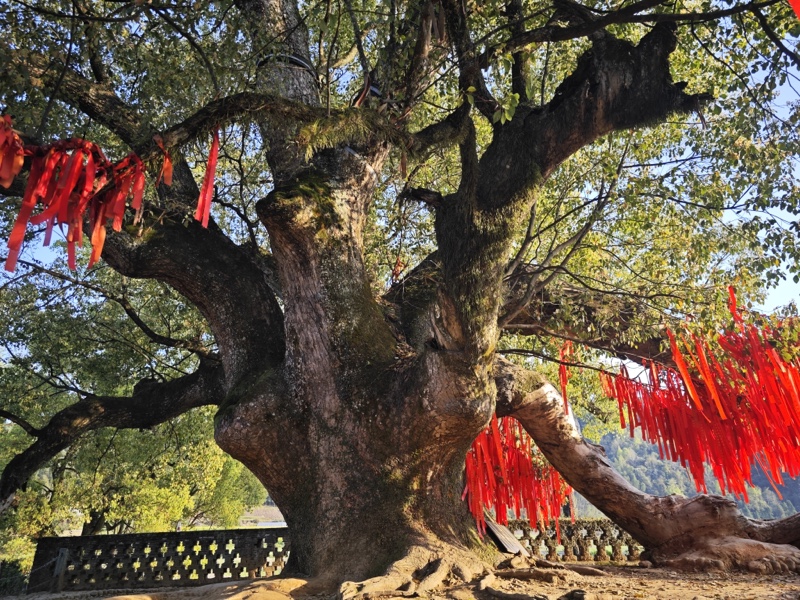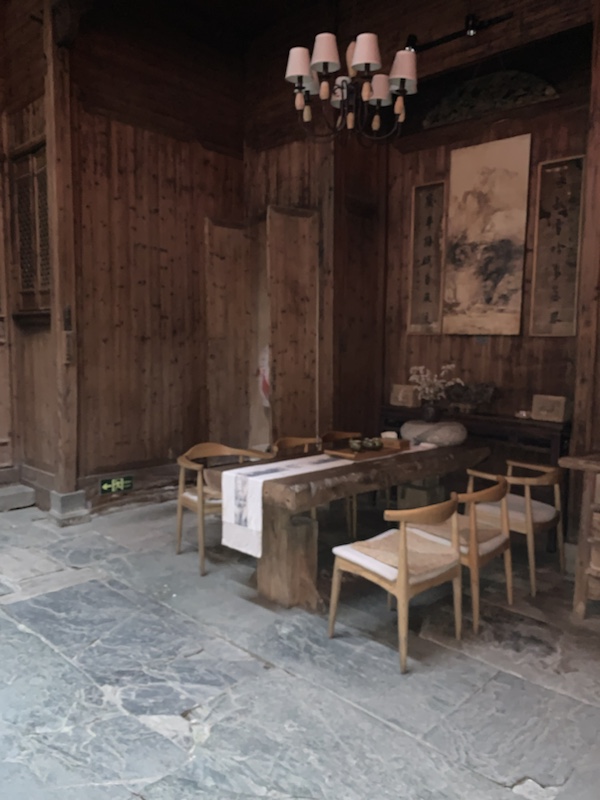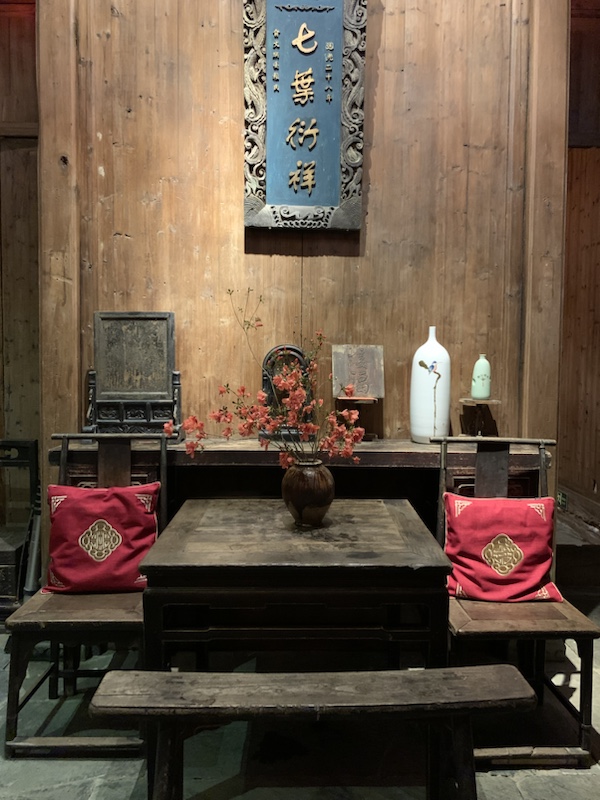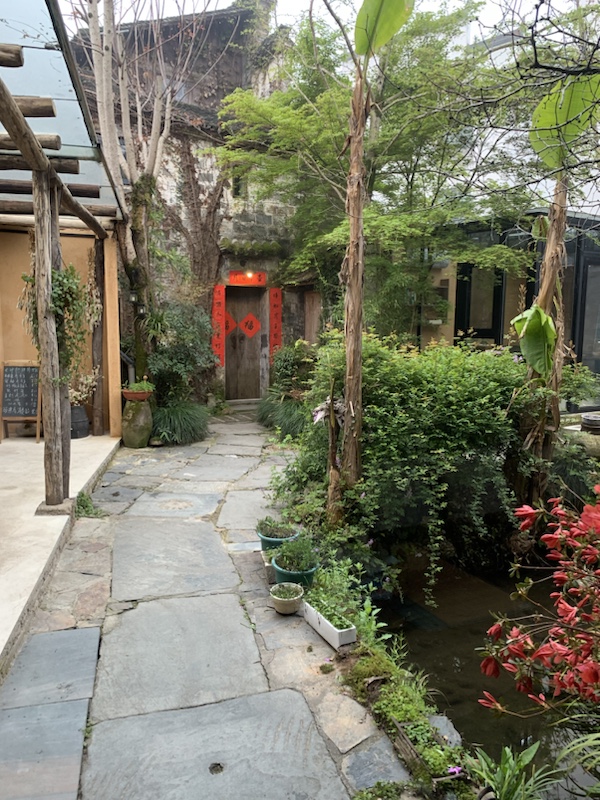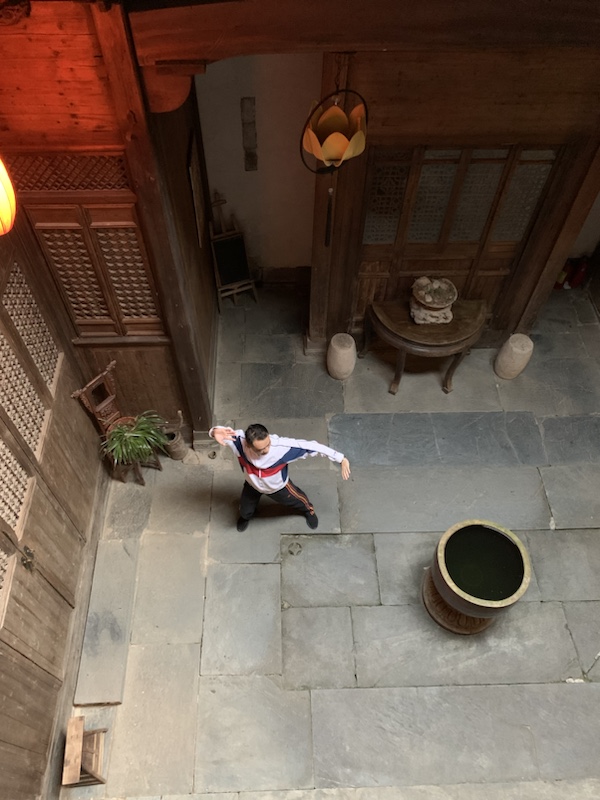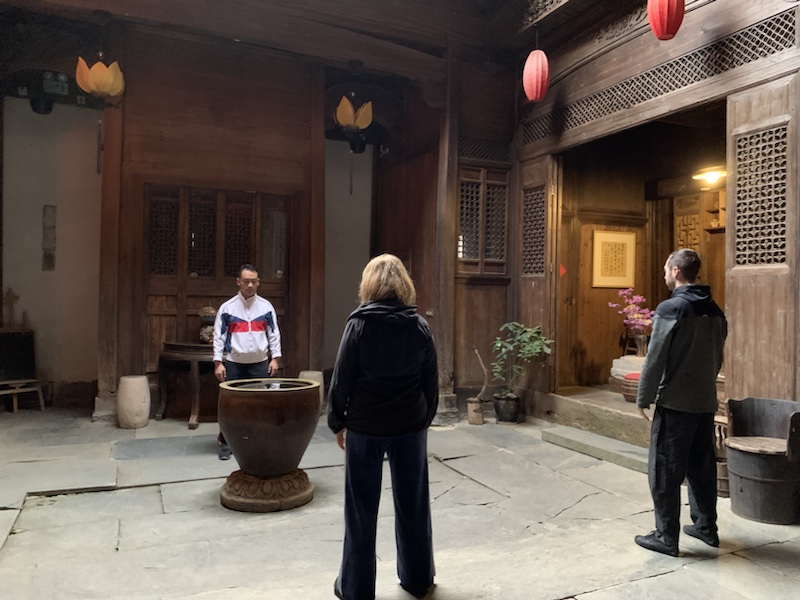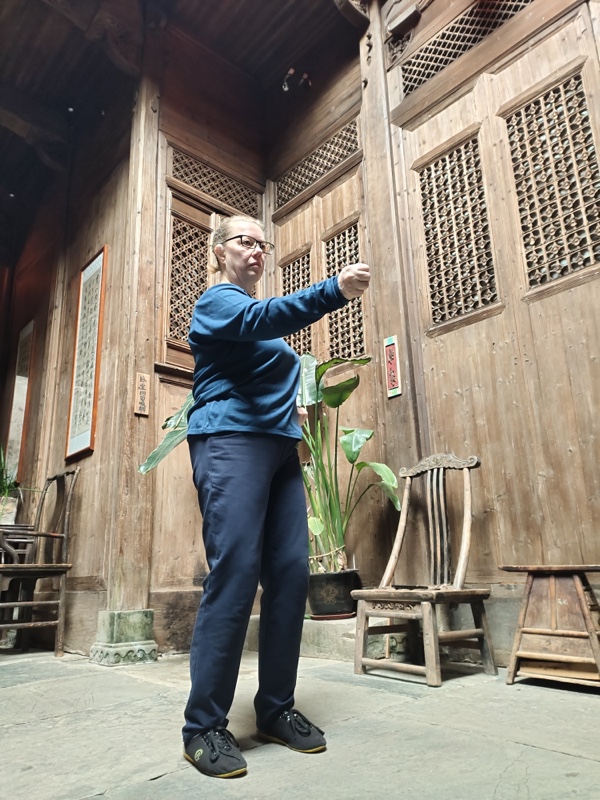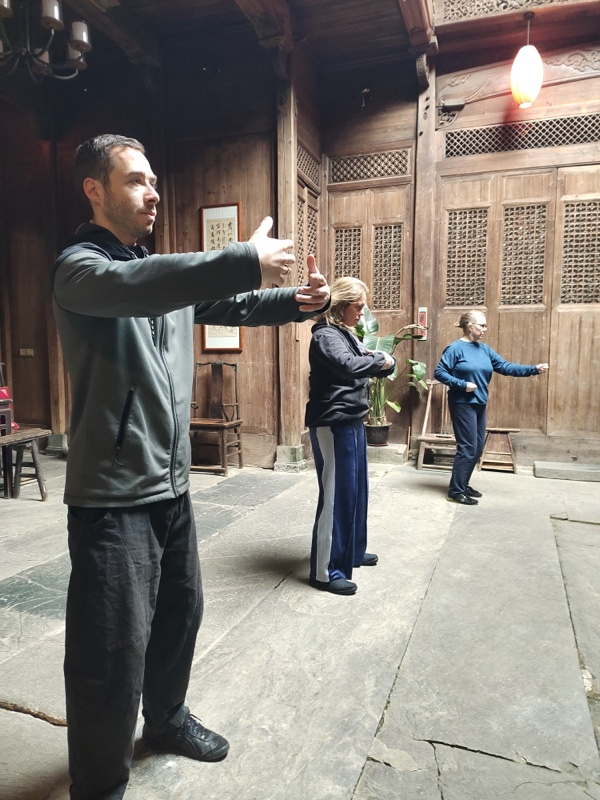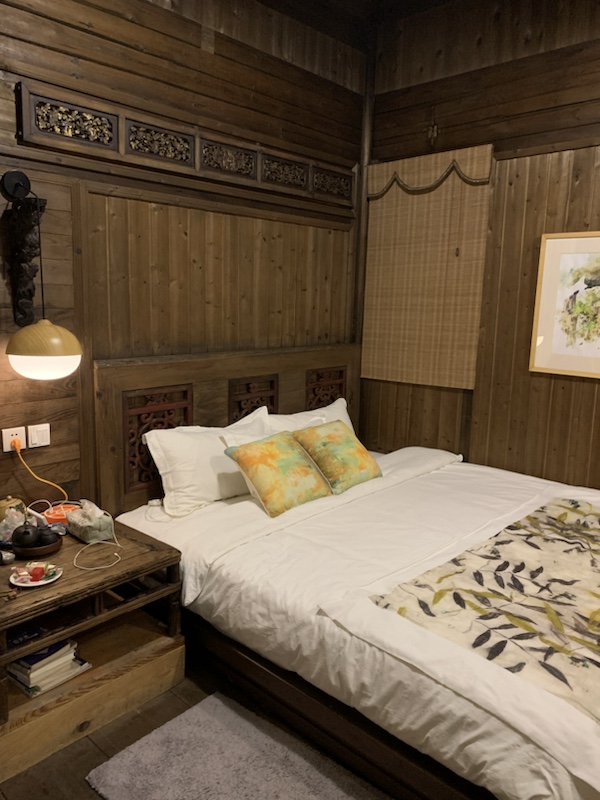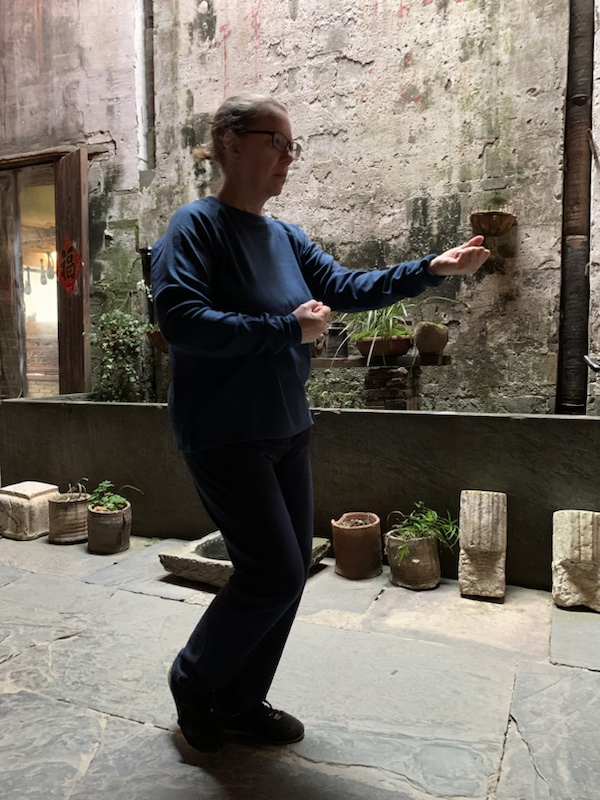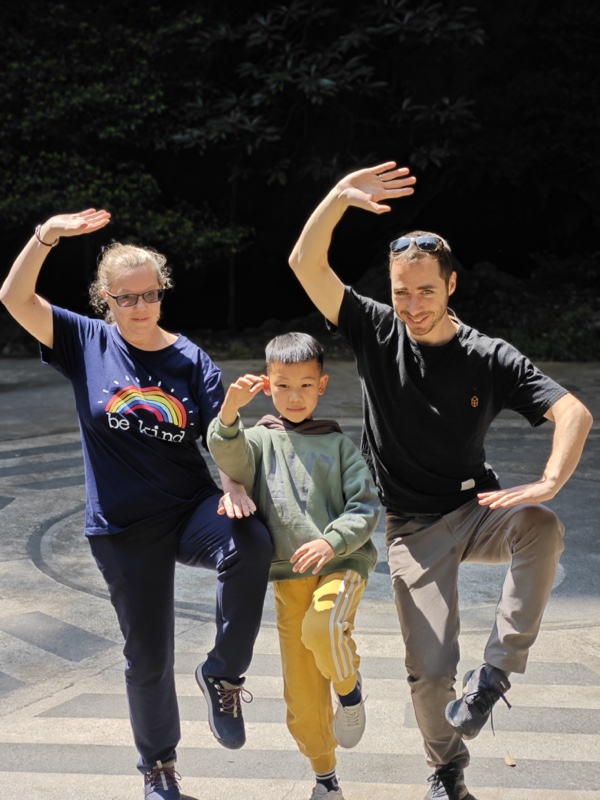This was the highlight of the break and the whole reason that we came here. To visit the Tao mountain, San Qing Shan. San means three, Shan is mountain and Qing means pure or clean so the name translates to ‘3 pure peaks’.
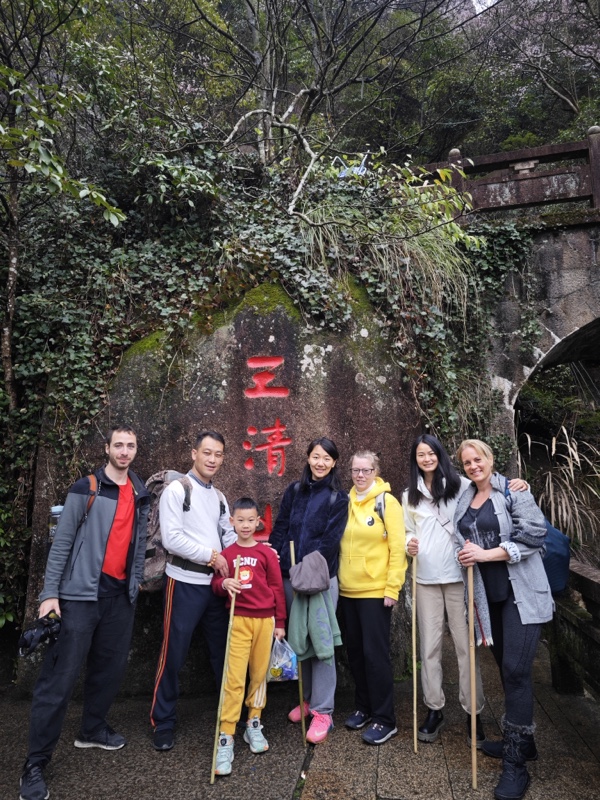
The whole of the surrounding area was once a stronghold of Taoism with many villages and temples dotted around the mountain. Taoist philosophers came here to live and study giving the area its reputation. Even today there are many signs and symbols remaining and it is a great place for Taiji and reflection.
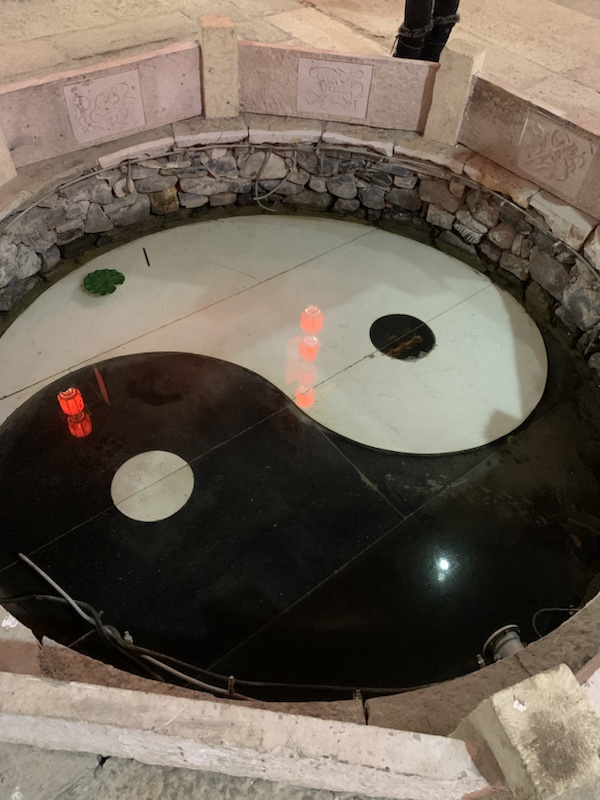
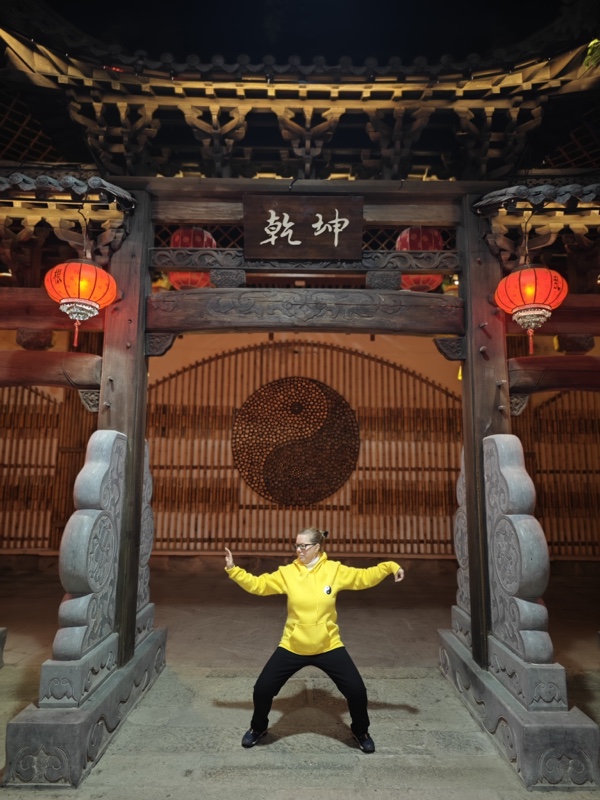
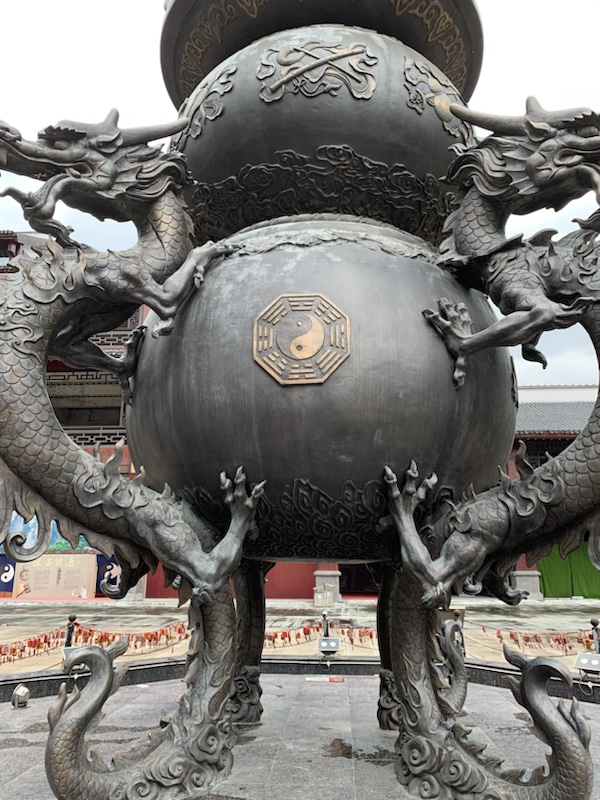

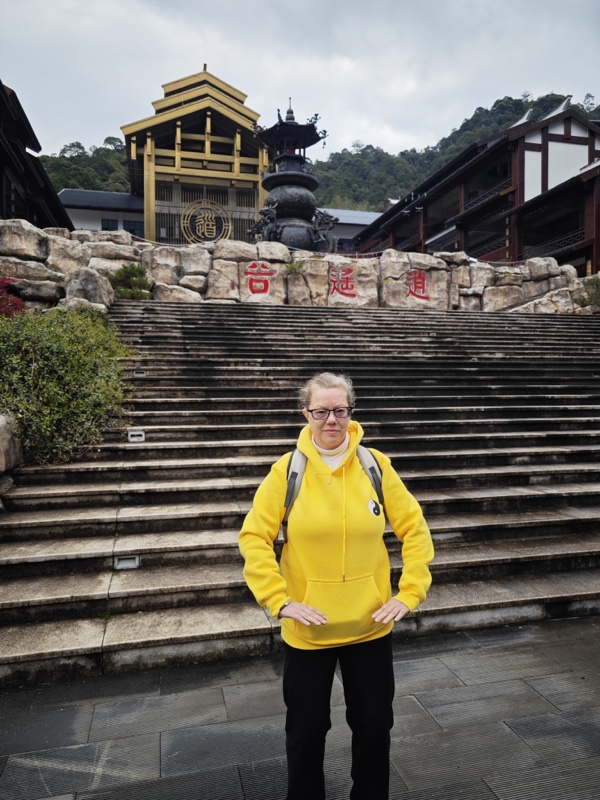
There are 2 cable cars going up the mountain but bad weather has closed the one we were supposed to take. It was too windy to run so we had to drive around to the other side to take the second cable car. This actually turned out to our advantage as it came out nearer to our hotel.
The bad weather didn’t deter us and we wrapped up and went for a walk. The weather made for some very dramatic and atmospheric scenery.
We were walking above (or sometimes in) the clouds at 1800 meters above sea level. In China all mountain hiking is similar, you take a cable car up then you follow a concrete route around the tops. In many cases this involves multiple steps or stairs and this mountain is no exception.
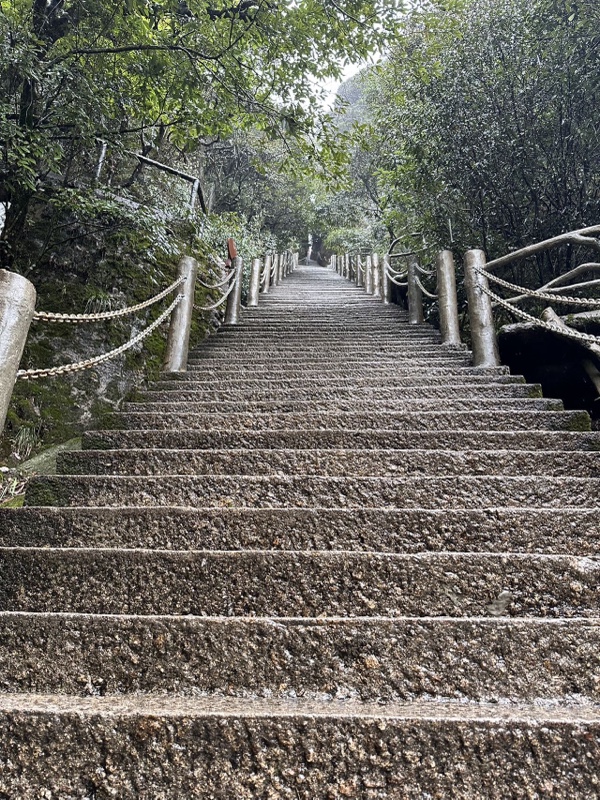
It is all very safe with wide paths and strong barriers but you know that you are high with sheer drops when you are in the walkways.
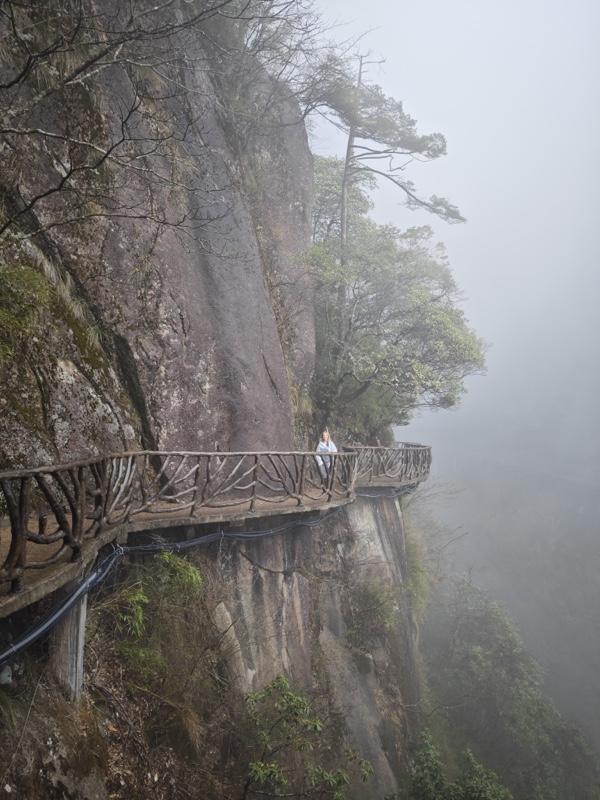

I actually felt very proud of myself. Practicing Taiji has improved my balance and reduced my vertigo. Even a year ago I wouldn’t have been happy going near the edge but here I am rocking it (& relaxed too)
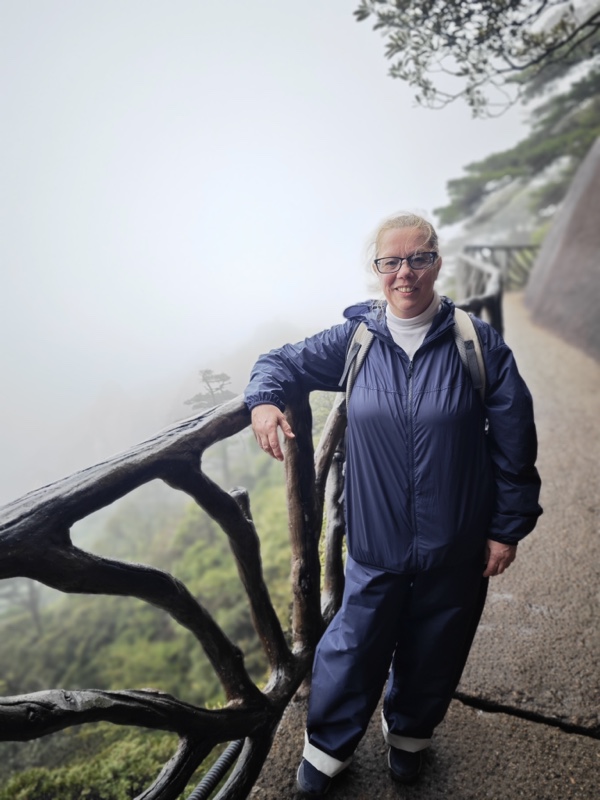
I think that the dense cloud cover helped somewhat because I couldn’t see how high up we were. but even during the breaks in the cloud I was reasonably ok.
We saw many natural features that were symbolic of Taiji philosophy. For example
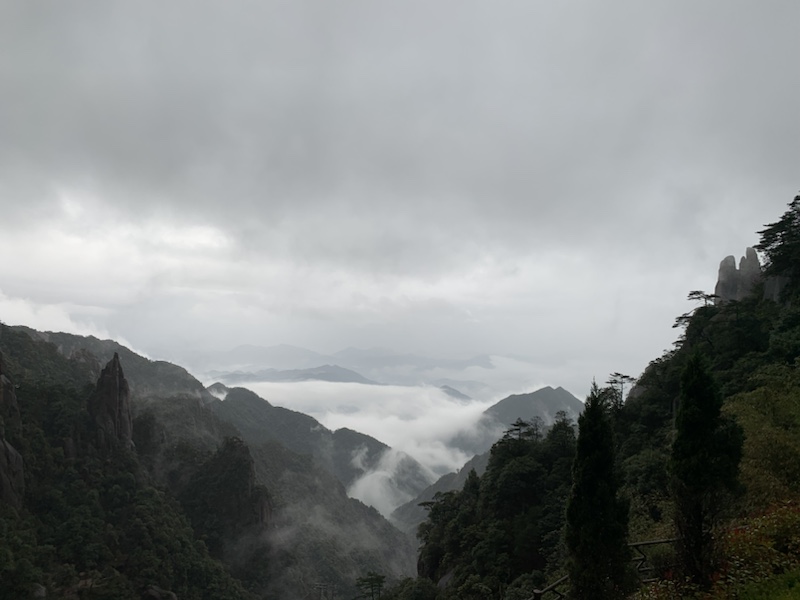
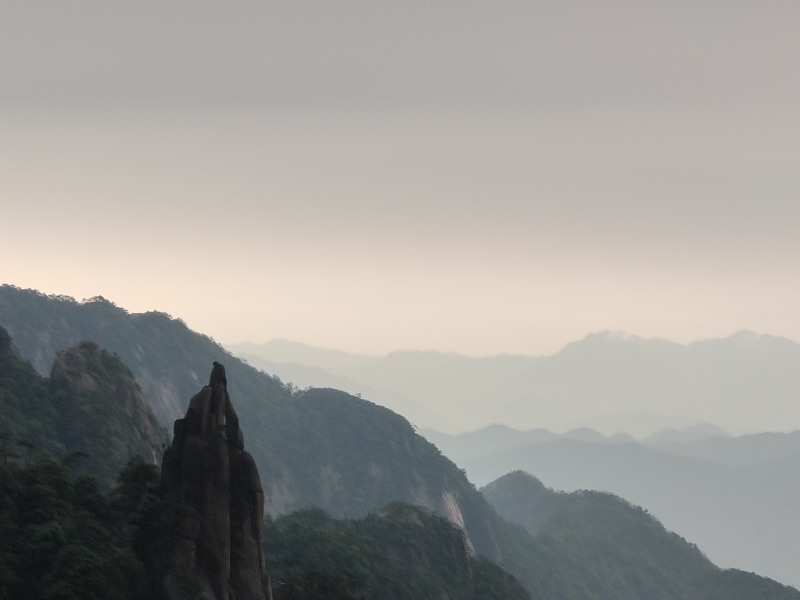
The path that we followed at 1800 meters was in fact the coastline not once in the history of the planet but three times. Geologists have found evidence of a shoreline millions of years old. It was humbling to feel how much the earth has changed and indeed will continue to change and to think that where we walked was once water.
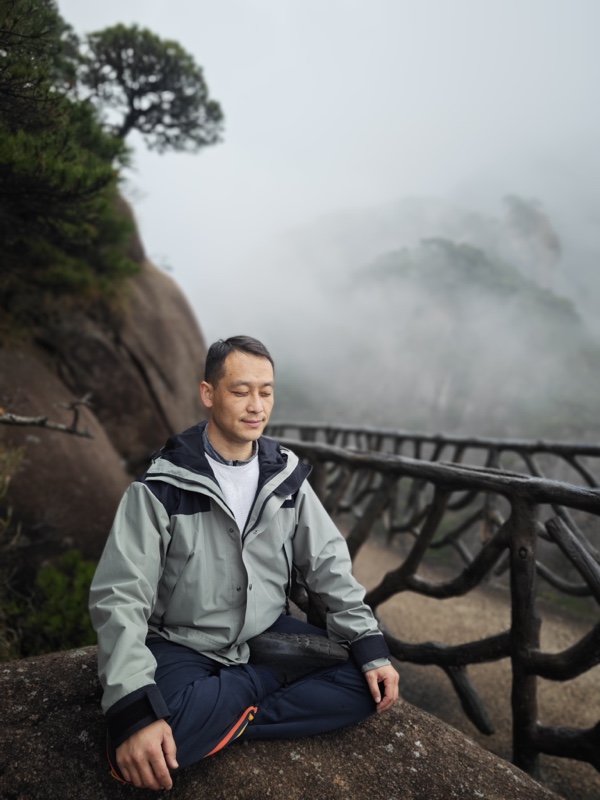
We stopped to do some meditation

At the end of the trail was an ancient Taoist temple
I could just imagine the monks who climbed up the whole mountain doing their Taiji and meditation there amidst the spectacular scenery. We found lots of interesting old symbols…


And spent some time playing our Taiji routine.
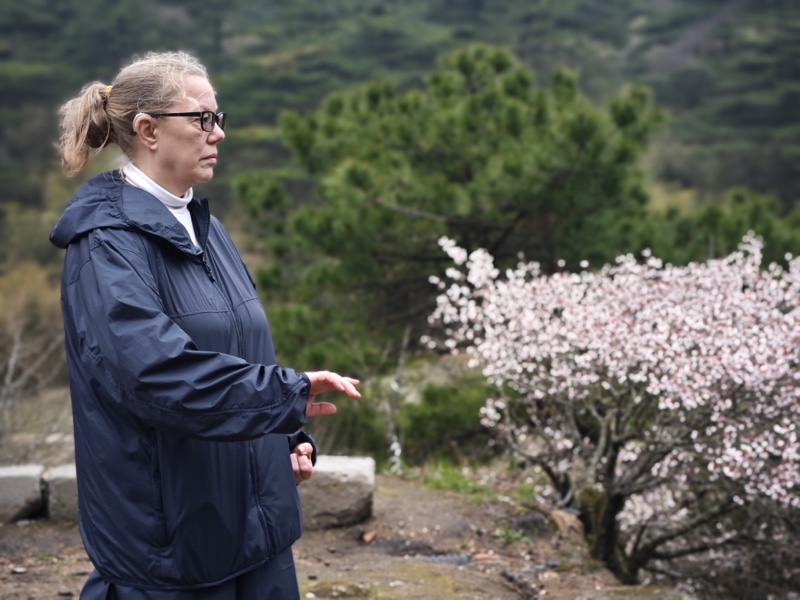


Amazingly the qi felt very strong there and apparently it is to do with the type of granite rocks around us and the earth’s magnetic poles.
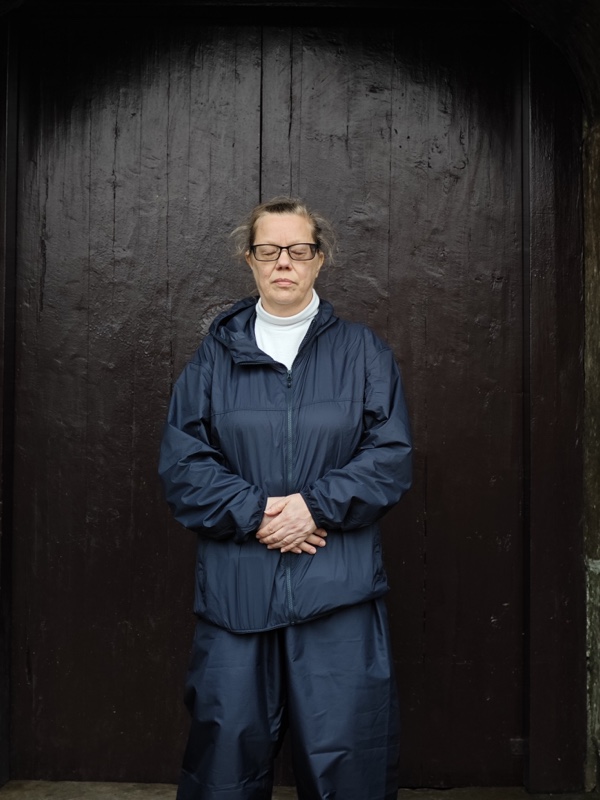

I learned such a lot. Even the bad weather showed me that things in life don’t always go to plan. I watched trees being buffeted in the gusts of wind and reflected that life can sometimes be pleasant, sunny and calm when we can blossom and bloom but sometimes life can be challenging with adversity and unexpected events, but like the tree branches in the storm we can be flexible, bend and be strong. We can flex and recover from whatever is thrown at us.

